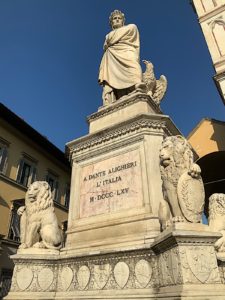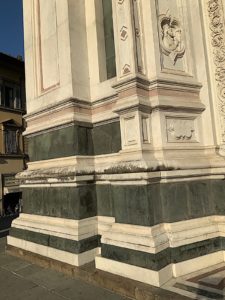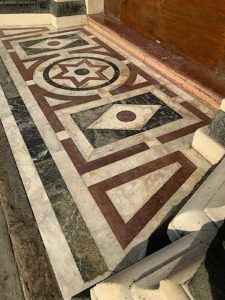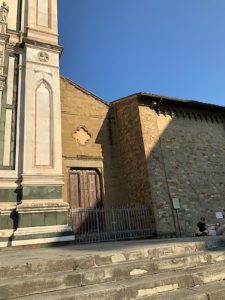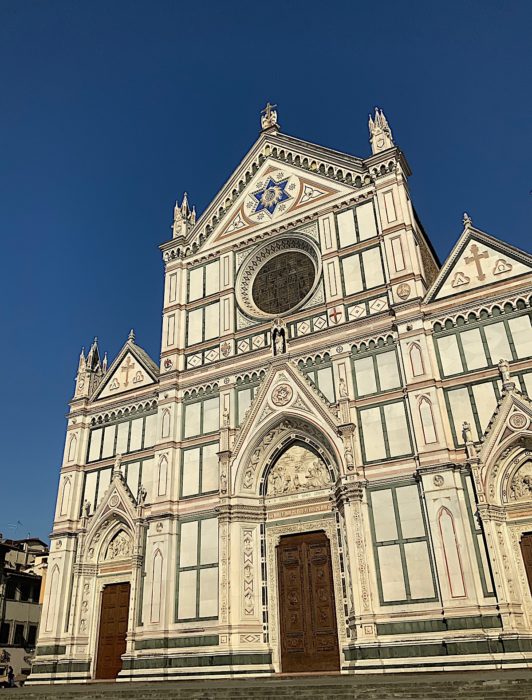
Age
XIII-XIV centuries; façade and bell tower XIX century
Designers
Arnolfo di Cambio, Niccolò Matas, Gaetano Baccani
The Basilica di Santa Croce is located in the homonymous square. It is one of the largest existing Franciscan churches and it is considered an example of Gothic style. The original complex dates back to the XIII century, when San Francesco, visiting the city, favored the settlement of a small group of monks. The initial nucleus was enlarged, under the guidance of Arnolfo di Cambio; the works began in 1294 and lasted until 1385. The convent was edified at the same time as the basilica; the sacristy, the dormitory, the infirmary, the guesthouse, the refectory and the library were soon added to the initial nucleus. The façade, however, remained incomplete and was built, in Neogothic style, by Niccolò Matas in the period 1853-1863; on the façade are remarkable the three lunettes of the portals, which recall the legend of the Vera Croce, to which the church is dedicated. The bell tower was built by Gaetano Baccani in 1847. The sides of the basilica are characterised, on the left by a XIV century arcade, called Pinzochere, which was restored and enlarged in the mid-nineteenth century, and on the right side by a similar arcade, overlooking the Chiostro Grande. The basilica is famous also because hosts the tombs of many important people such as Michelangelo Buonarroti, Galileo Galilei, Niccolò Machiavelli, Vittorio Alfieri, Ugo Foscolo, Gioacchino Rossini.
The claddings, the statues, and the decorations on the façade are realized in white Apuan Marble; the frames and decorative strips at the base of the façade are in Serpentinite; the decorations are made of Sassetta Ammonitic Red Limestone and Red Marly Limestone; the coats of arms are in white and yellow Senese Montagnola Marble. The side parts are in Pietraforte Sandstone and Plaster. The bell tower is in Pietraforte Sandstone.
